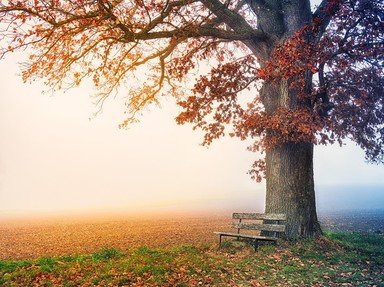Quiz Answer Key and Fun Facts
1. Though there are variations in Moon names and European settlers created some of their own names, the majority of full Moon names were shared by which Native American tribes?
2. Most of us have heard of the Blue Moon. The term once in a Blue Moon has come to signify a rare occurrence. Just how often, on average, did the Native Americans acknowledge this phenomenon?
3. March is one of the months that has many titles including three of the choices below. Which one is incorrect?
4. What month gives us the Full Flower Moon?
5. Shine on, shine on Harvest Moon up in the sky! Yes, this song conjures up one of the Native American Moons. In which month does this occur?
6. When can we expect the Full Beaver Moon?
7. The month of April brings new life as the harsh winter fades. One of these choices was NOT among the many diverse titles given by the different tribes. Which one?
8. Which winter month gives us the Full Snow Moon?
9. August had many names for its full moon, including some of those listed below. Which moon name is NOT one of them?
10. An important activity for Native Americans was hunting. What month did most of the tribes call the Full Hunter's Moon?
Source: Author
TAKROM
This quiz was reviewed by FunTrivia editor
trident before going online.
Any errors found in FunTrivia content are routinely corrected through our feedback system.

